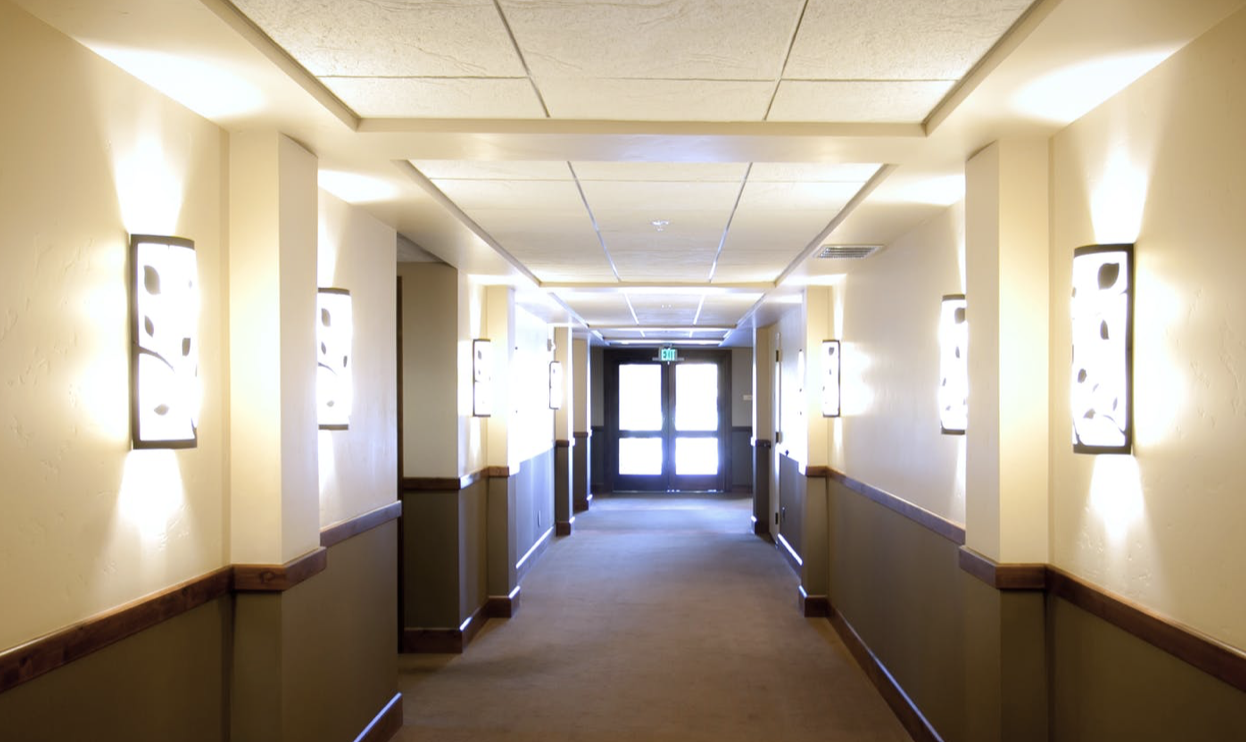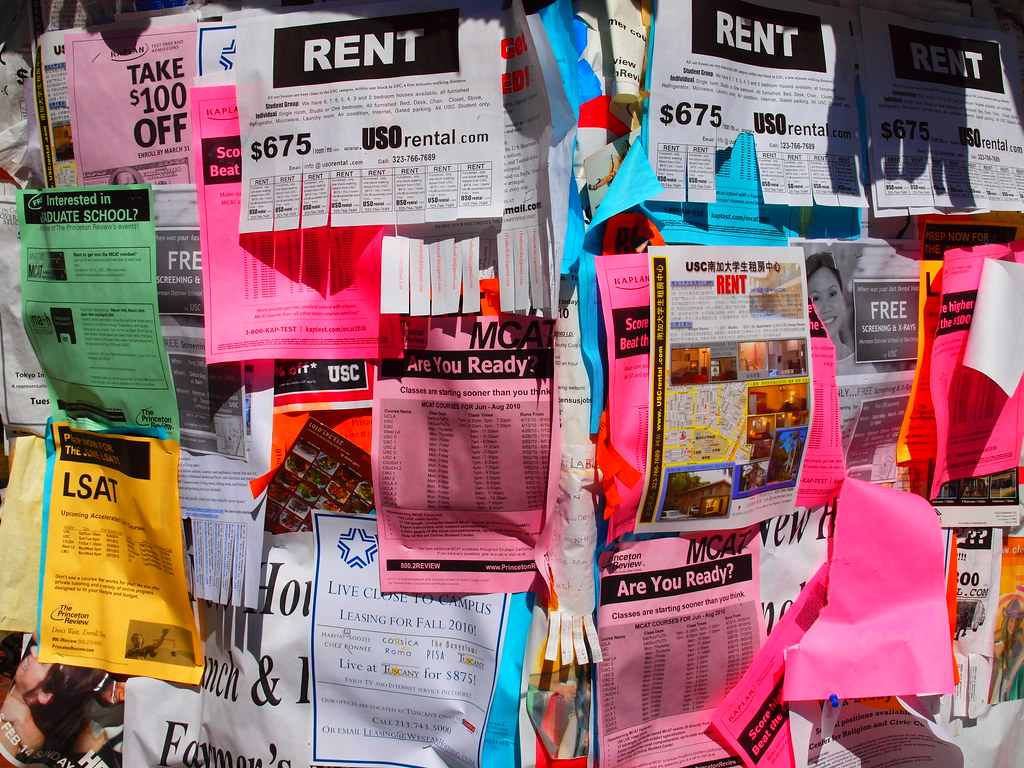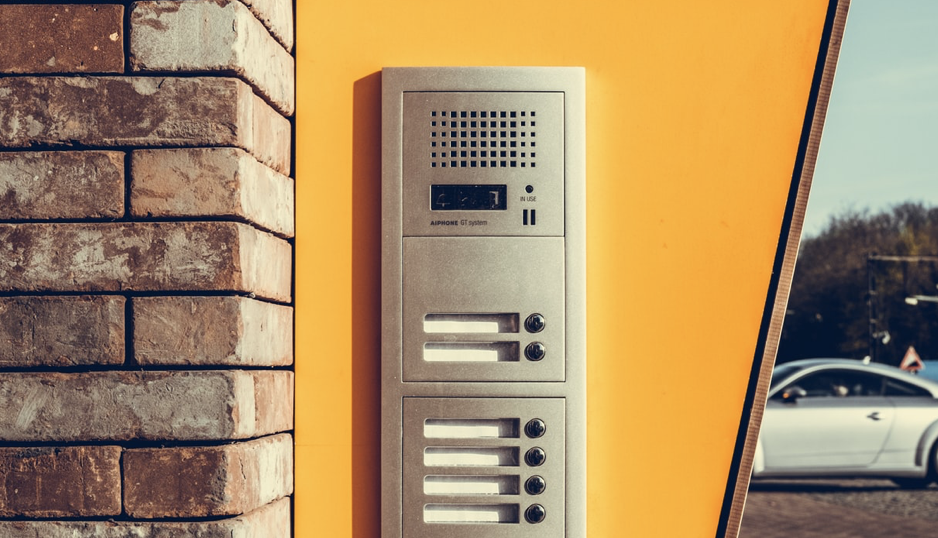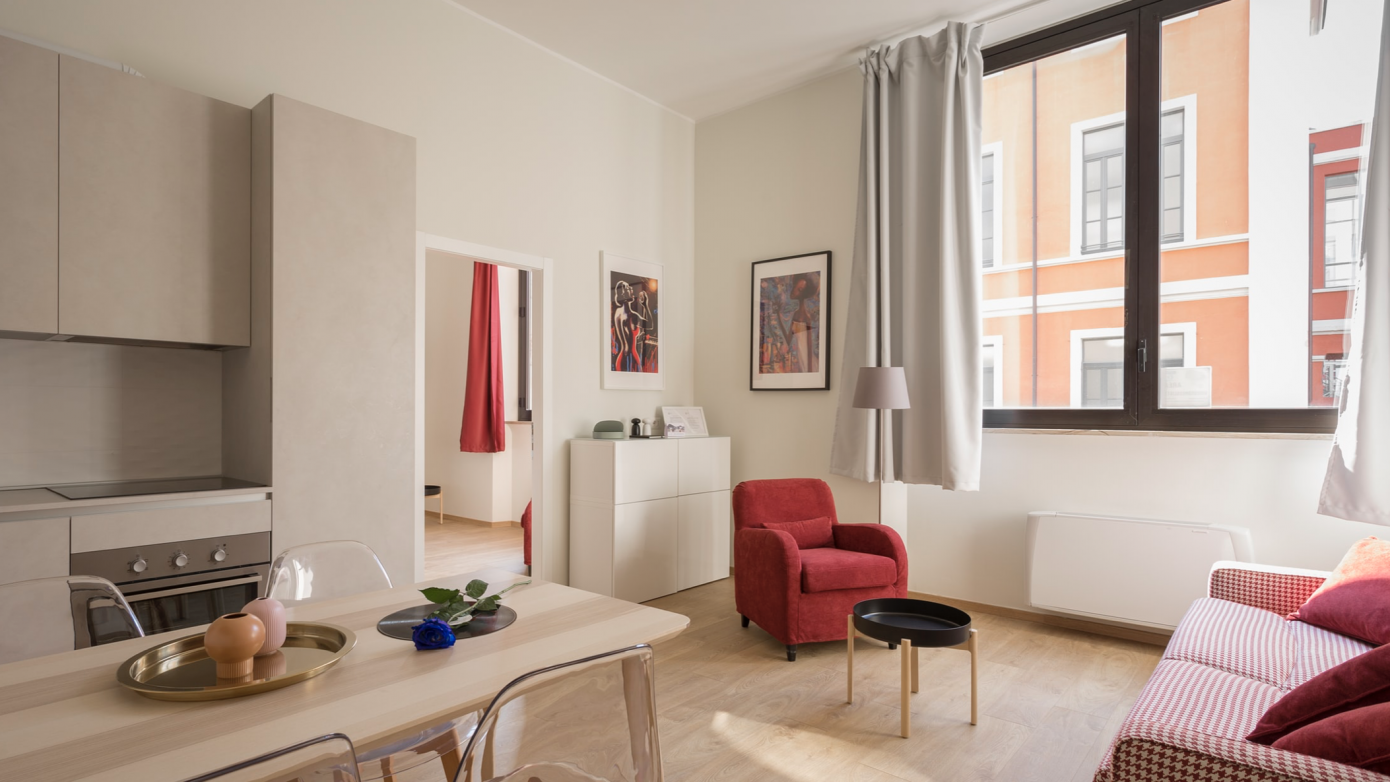By Ira Meister
President and CEO – Matthew Adam Properties, Inc.
Recently, an elderly resident of an Upper East Side co-op became ill and contacted the doorman who called 911.
His efforts didn’t end there. He then was able to give the responding EMS technicians details of the woman’s pre-existing conditions and medications. The doorman also contacted the woman’s family and physician.
How was he able to do this? All the information was on file at the building as part of Matthew Adam Properties’ “Voluntary Life Saving Program.” We instituted this program several years ago as part of our overall Emergency Response Plan.
As the name states, the program is completely voluntary and ensures privacy of information. The resident is asked to complete a questionnaire asking for the requisite information. Only the phone number and email address of the resident are put into a computer. The rest of the information is kept off system in a sealed book that only the superintendent has access to. In this way, we have the relevant information without fearing someone will hack in or by error having the information get on the internet. Having phone numbers and emails available is important in the event we need to quickly notify residents of an emergency or dangerous situation.
The voluntary program is just one of several life-saving, safety and health initiatives we instituted in properties we manage as part of our comprehensive effort to provide for the health and safety of residents of our buildings. In addition, our procedures help protect the environment, maintain an emergency alert and life-saving system and increase stairway lighting during an emergency. We customize plans for buildings based on prior experiences and revise them as necessary.
Our overall plan encompasses many programs, such as:
- Our company includes an EMT who advises and guides us in implementing these programs.As far as we know, we are the only management firm with this expertise and programs.
- We maintain a logbook onsite detailing what to do on behalf of seniors, children or even pets on occasion in the event of an emergency. For example, some residents have dialysis or chemotherapy treatments at home. A power failure could be life-threatening. If they provide us with this information, we check in during a power outage and if necessary call 911 to have them taken from the building.
- Several of our properties have purchased defibrillators that are kept in the building’s office. The staff is trained and retrained in their use to try to stabilize the patient until emergency services respond. Minutes are vital when someone experiences a heart incident.
We are environmentally conscious and have established our company as a leader in promoting and using green cleaning products in the properties we manage. An important feature of our safety and health initiatives is our “Green Management Program.” The benefits are many. Our use of green, non-toxic products, which have the coveted “Green Seal,” provides for a cleaner world and healthier environment for both residents and staff. To reduce costs, we purchase our supplies in concentrate from a New York City company that specializes in green products and with our bulk buying power actually save money for our buildings. We conduct ongoing training sessions for managers and building staffs to keep them current on the latest products and their use.
Properties managed by Matthew Adam Properties follow the strict requirements for maintenance and operations of green properties established by the LEED certified program, the international standard for green compliance. In addition, we are in full compliance with the mandated safety plans required of all hi-rise residential buildings and in many cases, have gone beyond what is required.
We are dedicated to having the finest health and safety initiatives in the industry and are continuously looking for new programs we can implement.











